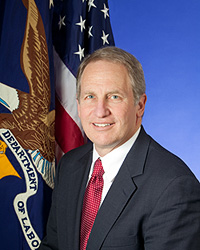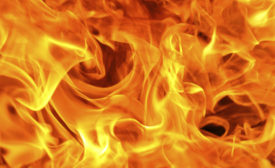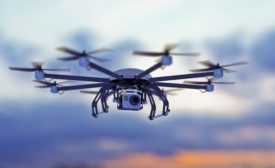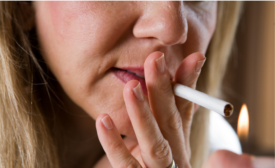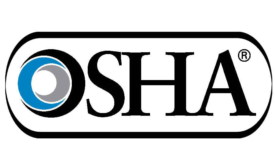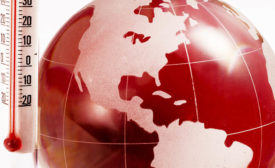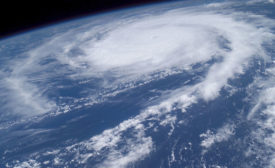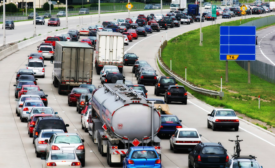News
A Confined Space blog post
Disabled, used up and discarded: And conditions for poultry workers may get worse
September 20, 2017
Updating valves would have prevented serious ExxonMobil worker injuries
September 20, 2017
How drones are helping with post-Irma recovery
Hurricane response “a landmark in the evolution of drone usage”
September 19, 2017
Wait. What?
Cigarette manufacturer pledges millions to end cigarette smoking
September 19, 2017
A FairWarning story
Lots of love for driverless cars, except from one group–drivers
September 18, 2017
Never miss the latest news and trends driving the safety industry
eNewsletter | Website | eMagazine
JOIN TODAYCopyright ©2024. All Rights Reserved BNP Media.
Design, CMS, Hosting & Web Development :: ePublishing

